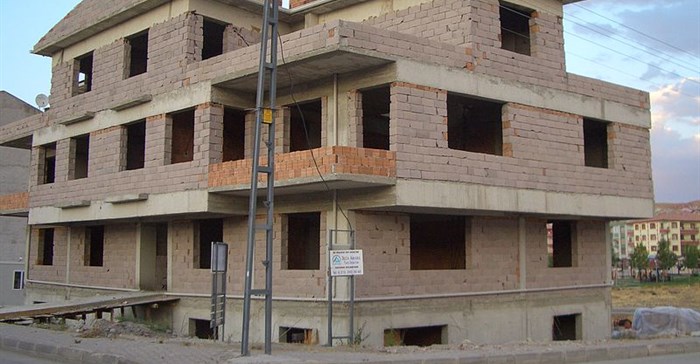Investments in social infrastructure are key to positive prospects for 2016

Dirk Meyer, MD at Corobrik, says that while masonry construction presented a unique value proposition to government, it presented a sound product choice for young families managing debt, with limited capital for maintenance.
The country was experiencing growth in construction of homes between R500,000 and R2m targeting the emerging middle-class. "This is the townhouse market that virtually disappeared in 2008 and now is making a comeback. It offers significant growth opportunities as outside that arena, there has been only a slow, gradual increase in the number of plans passed," Meyer says.
Houses between R100,000 and R350,000 falling within the government subsidised housing segment catered to a different market, but also one in which government have been falling behind its targets. However, recent government initiatives were aimed at boosting delivery which signalled an opportunity for growth and market penetration for Corobrik.
Growth in volumes and profit
During 2015 Corobrik grew both its volumes and profits, albeit in single digits, at a time when competitors were backsliding. Consequently, Meyer says Corobrik was outperforming the trend, but acknowledges the pie was growing slowly - individual companies were largely boosting turnover at the expense of competitor market shares.
Corobrik's direct competitors in the paving and facebrick market had shrunk, meaning the company was currently competing at a more intense level against glass, plaster and paint and fabricated alternate walling systems seeking share of the market.
Meyer says the Gauteng and Eastern Cape governments had been building schools and indications were that KwaZulu-Natal was coming to the fore with its school infrastructure development initiatives. This boded well for this year as the company supplied a significant share of the of South Africa's governments social infrastructure programmes from schools to hospitals and clinics.

Impact of elections
"The municipal elections this year will provide impetus as municipalities experience some urgency to deliver before their voters head for the polls. One example is the cycle tracks being installed in Soweto and Tembisa - good potential business for Corobrik."
However, load shedding this year had posed significant challenges and might present a constraint on future growth. Without power, buildings could not be constructed and, while there were building projects aiming to come off the national grid, this was still a specialised niche. "The current stability of the power supply has been a positive factor," Meyer says.
While growth within South Africa will have to be fought for, Meyer believed there were a variety of opportunities into the Southern African Development Community countries that Corobrik will be pursuing. Corobrik currently supplies into these markets and will pursue sales growth in these neighbouring countries.













